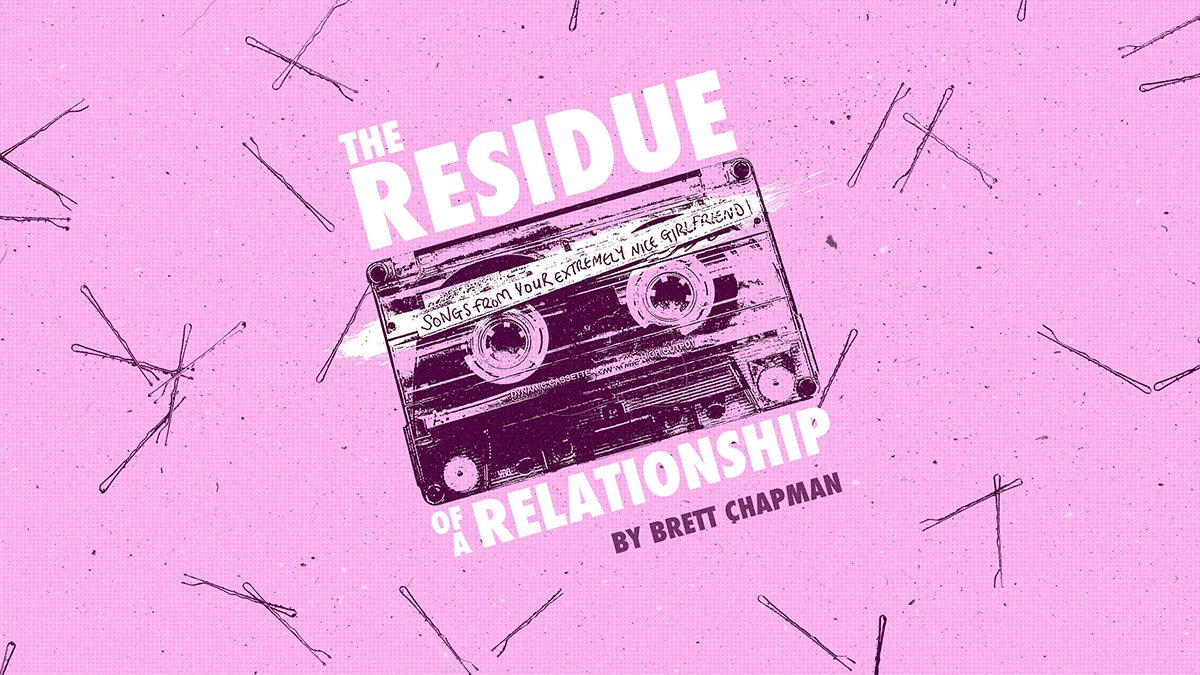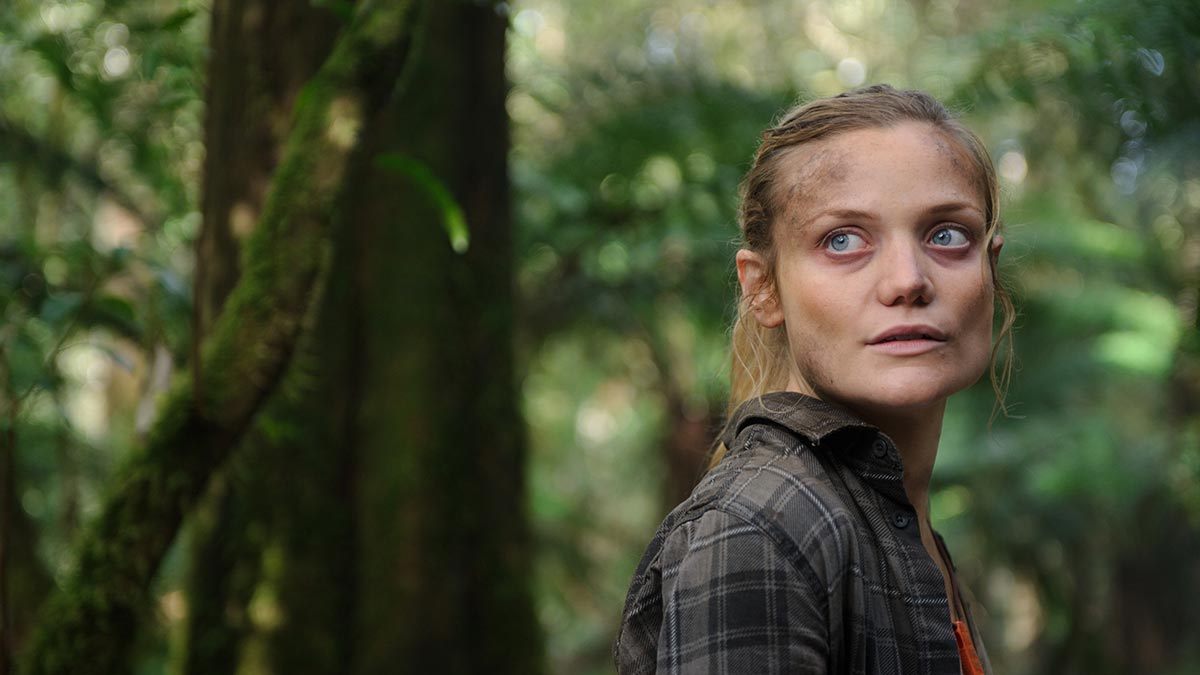A couple has begun physically splitting into many different versions of themselves, and must investigate an uncomfortable mutation that has arisen.
Peter Collins Campbell‘s “Variations on a Theme” delves into a mesmerizing and unique narrative that pushes the boundaries of reality and identity. This short film explores the unsettling phenomenon of a couple physically splitting into multiple versions of themselves. As they navigate this bizarre mutation, they must confront the fragmented pieces of their relationship and the deeper layers of their own identities.
With its striking and interpretative approach, “Variations on a Theme” offers a thought-provoking and visually stunning experience. The film invites viewers to reflect on themes of self-perception, intimacy, and change, delivering a captivating exploration of what happens when the familiar becomes the fantastical. Campbell’s innovative storytelling ensures that this short film leaves a lasting impression, sparking introspection and discussion long after the credits roll.

What inspired you to create “Variations on a Theme,” and how did you come up with the concept of a couple physically splitting into different versions of themselves?
The exact concept was a long gestating idea that sometimes was more focused on the idea of intentional sort of masking or “the faces we wear” to different people, etc, and was a feature script I had started toying with when I was visiting LA one time and hanging out with Sophia who had the thought we should make something – so very quickly it became a short, and the action was defined to one location. In the script it was always a very Ingmar Bergman Persona-style split, but it was Sophia’s idea for it to be very visceral and physical and that was huge. The short is way better and I think more poignant for it.
The film delves deeply into themes of identity and self. What message or exploration of these themes were you aiming to convey through the story?
I don’t really have messages for the audience in the stuff I make in any kind of didactic way, but I think that there’s a lot to be said about the way that people change in long term relationships and how that affects each other’s sense of self. Everyone is a million different versions of themselves, so if you’re sharing a life with someone, it’s like a communal experience. The slow accumulation of little differences in each other can lead to crisis.

The mutation that arises in the couple is both intriguing and uncomfortable. Is this mutation a metaphor for something larger in relationships or human nature?
It’s all just change. Feelings, personality, relationships, and how impossible it is for anything to stay the same. Sometimes that change is really really painful.
How did you approach developing the multiple versions of the couple? What were some challenges in ensuring each version felt distinct yet connected?
The development of the personalities for the variations was pretty loose for the short – very different for what we did when Sophia and I eventually co-wrote the feature version of the script, where we went very in-depth for the personality shifts and names and character for each split. In the short though it was kind of based in this idea that each day that this process has gone on, the two of them have had some intense emotion, and that emotion was dramatic enough to become a new physical entity. So, there’s a couple that’s really tense with each other, there’s a couple that’s kind of defeated and depressed on the couch, there’s a couple that’s screaming at eachother, making out, etc. Each one had to be in a different room, and it becomes like a tour of different states a relationship can be in.

Creating multiple versions of characters can be technically challenging. Can you discuss the visual effects or special techniques used to bring this concept to life?
There’s so many different VFX techniques throughout, it was really fun to figure out what would work best for each shot. A lot of the multiple-people shots are just old school split screen techniques, updated with very specific masks or camera tracking in After Effects. The split sequence itself has a different VFX/SFX technique in every consecutive shot, we used body doubles, prosthetics, digital compositing, all to keep the audience always guessing at how it was happening and not having a chance to think about it too hard.
How did you ensure that the film stayed fresh and engaging throughout with this unique concept?
Storyboarding helps. Talking every scene through with our DP Brandon Hoeg would usually lead to new ways of thinking about doing certain shots, and it would go from something that in the storyboards was a simple shot reverse shot to something a little more interesting, like a big 180 of the room, or long zooms, etc. It’s a lot of prep but also being open to new ideas on the day.
The concept is quite open-ended. How do you hope audiences will interpret the film, and are there any particular reactions or thoughts you’re eager to hear from viewers?
I’ve heard a lot of different takes on the exact emotional subtext of the movie, so I don’t want to say strongly it is about one thing or another or there’s a right way to interpret it. I’ve seen a couple takes pop up that it’s about living with a partner through pandemic quarantine and that’s an interesting one to me- definitely never was a conscious idea but I think co-habitation through a crisis is a universally strange experience.
We are curious about your direct film inspirations to this film?
Big ones were Punch Drunk Love, Eternal Sunshine of the Spotless Mind, The Thing, Persona, Mulholland Drive, and obviously Cronenberg.
And finally, what are your favorite short films out there?
I saw some great ones during the last year at festivals with this short – Dead Enders by Fidel Ruiz-Healy and Tyler Walker is incredible, so funny and ambitious, Pruning by Lola Blanc is fantastic, I told her it was like the TAR-ification of Tomi Lahren, To The Moon! by Marty Schousboe and John Reynolds, basically anything by Conner O’Malley but especially Irish Mob.




